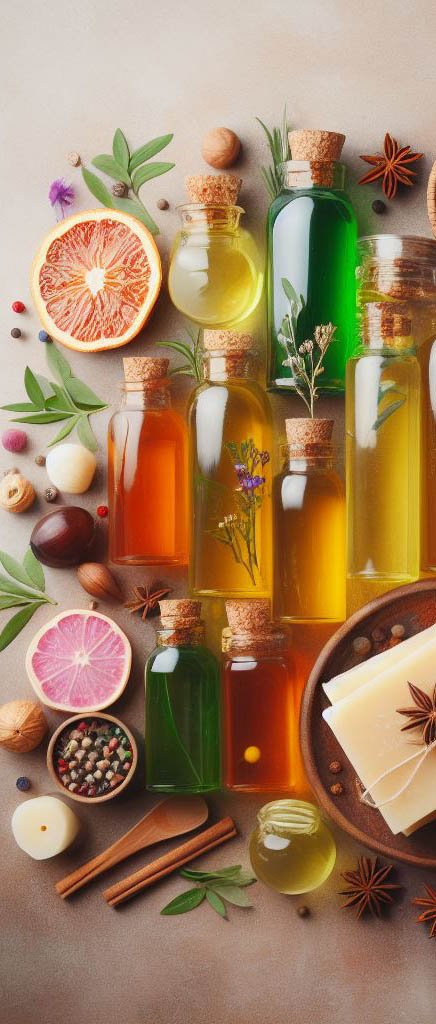Essential lavender oil is a highly concentrated, aromatic oil derived from the lavender plant, scientifically known as Lavandula angustifolia. Lavender is a fragrant herb that has been used for centuries for various purposes, including aromatherapy, skincare, and medicinal applications. The essential oil is extracted through a process called steam distillation, which involves passing steam through the lavender flowers and then condensing the vapor to collect the oil.
Here are key characteristics and aspects of essential lavender oil:
Extraction Process:
Essential lavender oil is primarily obtained through steam distillation, a method that preserves the delicate aromatic compounds of the lavender plant. The process involves the use of steam to extract the volatile oils from the lavender flowers.
Composition:
Lavender oil contains a complex mixture of naturally occurring chemical compounds. The main constituents include linalool, linalyl acetate, lavandulol, and lavandulyl acetate, among others. These compounds contribute to the oil’s distinctive aroma and therapeutic properties.
Aroma:
Lavender oil is known for its sweet, floral, and herbaceous fragrance. The aroma is not only pleasant but is also believed to have calming and soothing effects on the mind and body.
Color and Appearance:
Pure lavender oil is typically colorless to pale yellow. The clarity of the oil may vary depending on factors such as the source of the lavender and the distillation process.
Versatility:
Essential lavender oil is versatile and finds applications in various areas. It is commonly used in aromatherapy, skincare products, massage oils, and as a natural fragrance in candles and household products.
Therapeutic Properties:
Lavender oil is renowned for its therapeutic properties, including anti-inflammatory, antimicrobial, and calming effects. It is often used to promote relaxation, alleviate stress, and address various skin-related concerns.
Common Uses:
Aromatherapy:
Lavender oil is diffused or used in aromatherapy to create a calming and relaxing atmosphere.
Skincare:
It is a popular ingredient in skincare products such as lotions, creams, and serums due to its skin-soothing properties.
Hair Care:
Lavender oil is incorporated into hair care products for its potential benefits in promoting hair health and a healthy scalp.
Massage:
The oil is often used in massage oils for its pleasant scent and potential relaxation benefits.
Caution:
While lavender oil is generally considered safe for most people, it is essential to dilute it before applying it to the skin, especially for those with sensitive skin. Additionally, pregnant women and individuals with certain medical conditions should consult with a healthcare professional before using essential oils.
Essential lavender oil is a popular and widely used essential oil, valued for its delightful scent and diverse therapeutic properties.
How is Essential Lavender Oil Obtained?
Pure lavender essential oil is obtained through an effective steam distillation method. This specialized technique, by minimizing the loss of polar compounds, produces a higher quantity of oil compared to other methods. The harvest time for lavender flowers typically occurs between June and August. Cut lavender flowers and stems are compressed into a lavender still. Subsequently, a boiler operating at low pressure is used to vaporize the bottom of the lavender-filled still. During this heating process, pockets within the lavender flowers containing oil vaporize, and one of the cold water pipes runs through the center of the distillation machine. The hot lavender oil condenses on the cold pipe with the cold water and is collected into a holding tank, where it is allowed to settle. Due to the different polarities and densities of water and oil, these two components separate in the holding tank, and the water is piped out, leaving only pure lavender essential oil.
Lavender oil is a globally produced product, with Bulgaria, France, and China standing out as leading countries in this field.
Composition of Essential Lavender Oil
Essential lavender oil contains various active compounds. Among the main components of lavender oil are linalool, linalyl acetate, lavandulol, and lavandulyl acetate. Additionally, lavender oil contains a range of nutrients such as vitamins A, C, and K, minerals, antioxidants, and phytochemicals.









